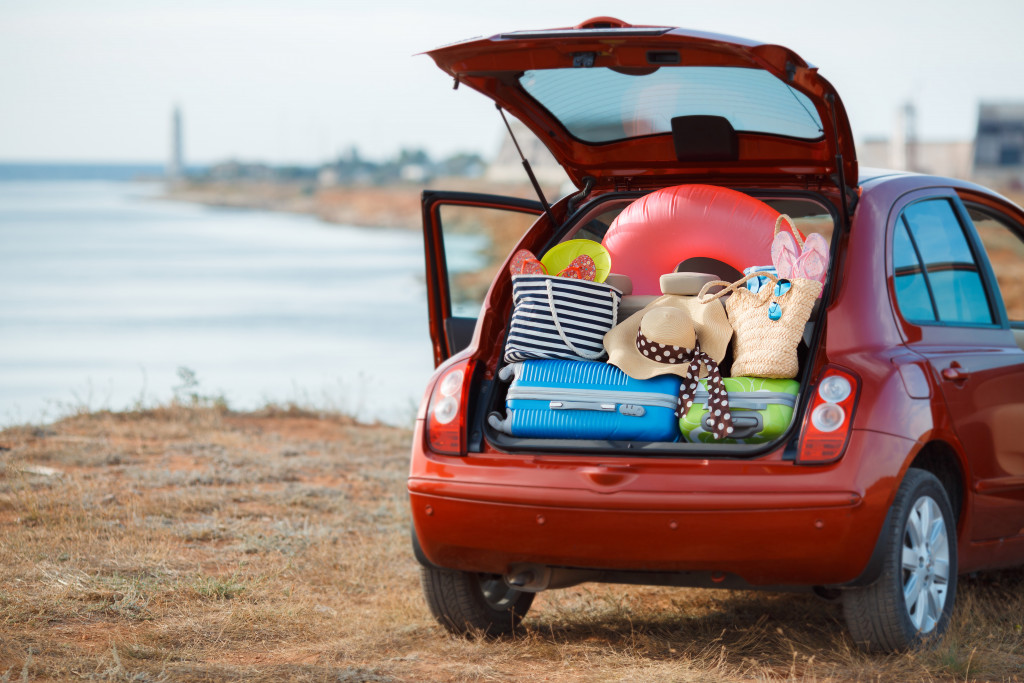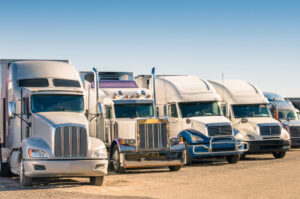Sometimes, it can be tempting to squeeze all the stuff in a vehicle. This often happens when you’re relocating, traveling, or doing business. You want to avoid repeat trips and save time, effort, and fuel costs in the process. Although most modern cars today are designed to carry heavy loads, stuffing a vehicle with heavy items can cause accidents and affect its overall performance.
In freight and cargo management, operators are taking extra steps to avoid overloading their vehicles and eliminate safety issues. Many cargo companies use truck weight scales to ensure vehicle safety and accuracy for weighing inventory.
Exceeding a vehicle’s maximum allowable weight comes with huge risks. Many think that overloading their vehicle will reduce transport costs, but this belief is completely wrong. In reality, vehicle overloading affects the fuel economy, making you pay more for the fuel costs. You’re also more likely to get caught by authorities, which can lead to huge fines or penalties.
The worst consequence of overloading a vehicle is exposing yourself, your vehicle, and passengers to safety hazards. A fully-loaded vehicle is difficult to steer, less stable, takes longer to stop, and is more prone to premature blowouts and tire overheating.
There are plenty of ways to avoid overloading, so there’s no reason for breaking the law and putting assets and human life at risk. To ensure a safe driving experience, here are ways to avoid overloading your vehicle.
Check the vehicle manual
The first step to avoiding overloading a vehicle is to know the maximum permissible weight of your car. You can find this on the vehicle’s manual. Otherwise, you can contact the carmaker to get the information. Once you know the figures, consider the weight of the passengers apart from the cargo weight.
Remove all distractions
Those who own a regular vehicle load up their cars to the point they can’t see the side and rear-view mirror. There are existing laws that state windows and windscreens should be free from obstructions.
Don’t risk yourself from breaking the law just to put all your stuff on the front seat. There’s no way of getting away with it once the cops catch you struggling with your windscreen.
Select the right vehicle
You don’t need to hire a large vehicle to transport your current payload. You just need to know the right vehicle that can safely accommodate all your stuff.
Hiring a cargo truck that’s too big for your items makes it difficult to secure them in one place. There’s the hassle of tying all items together to prevent them from moving inside the cargo. The best pickup trucks are those with a pull-out shelving system or a topper combination to handle more weight.
Avoid carrying unnecessary items

Before loading a vehicle, make sure to plan which items go inside the cargo. This allows you to identify unnecessary items or equipment. If there are storage units, make sure to clear the clutter and include the ones you really need.
Pack correctly
Another secret to avoid overloading is knowing how to pack correctly—ever heard of “luggage Tetris”? The goal is to fit items together to avoid unnecessary spaces carefully. Not only does it look organized, but it also allows you to unload items neatly and safely.
Anyone who knows luggage Tetris knows it’s best to place bigger items first, then surround them with smaller items. Secure the items by topping the pile with a blanket and tying it with a durable strap.
If you are packing light clothes or small, thin items, use a vacuum bag to reduce the volume by over 75%. This will help you maximize all the empty spaces of your cargo.
Adjust the tire pressure
If you are loading up your vehicle with heavy items, make sure to adjust the tire pressure to prepare your tires for heavier loads. Remember, a heavy car puts more strain on your wheels, causing it to slow down. Check the car manual to determine the correct tire pressure depending on the vehicle’s weight.
Use a roof rack
When loading a car, don’t just focus on the boot space; you can also place items on the roof! Those who love to travel with the family invest in a roof box or roof rack to haul large items or luggage on the roof. This allows you to spread the weight equally instead of focusing on a single storage area.
Ensuring that your vehicle is following the right weight limit isn’t only a question of compliance; it also makes good business sense. The next time you find yourself on the road, make sure to follow our tips above and enjoy a safe travel experience.











